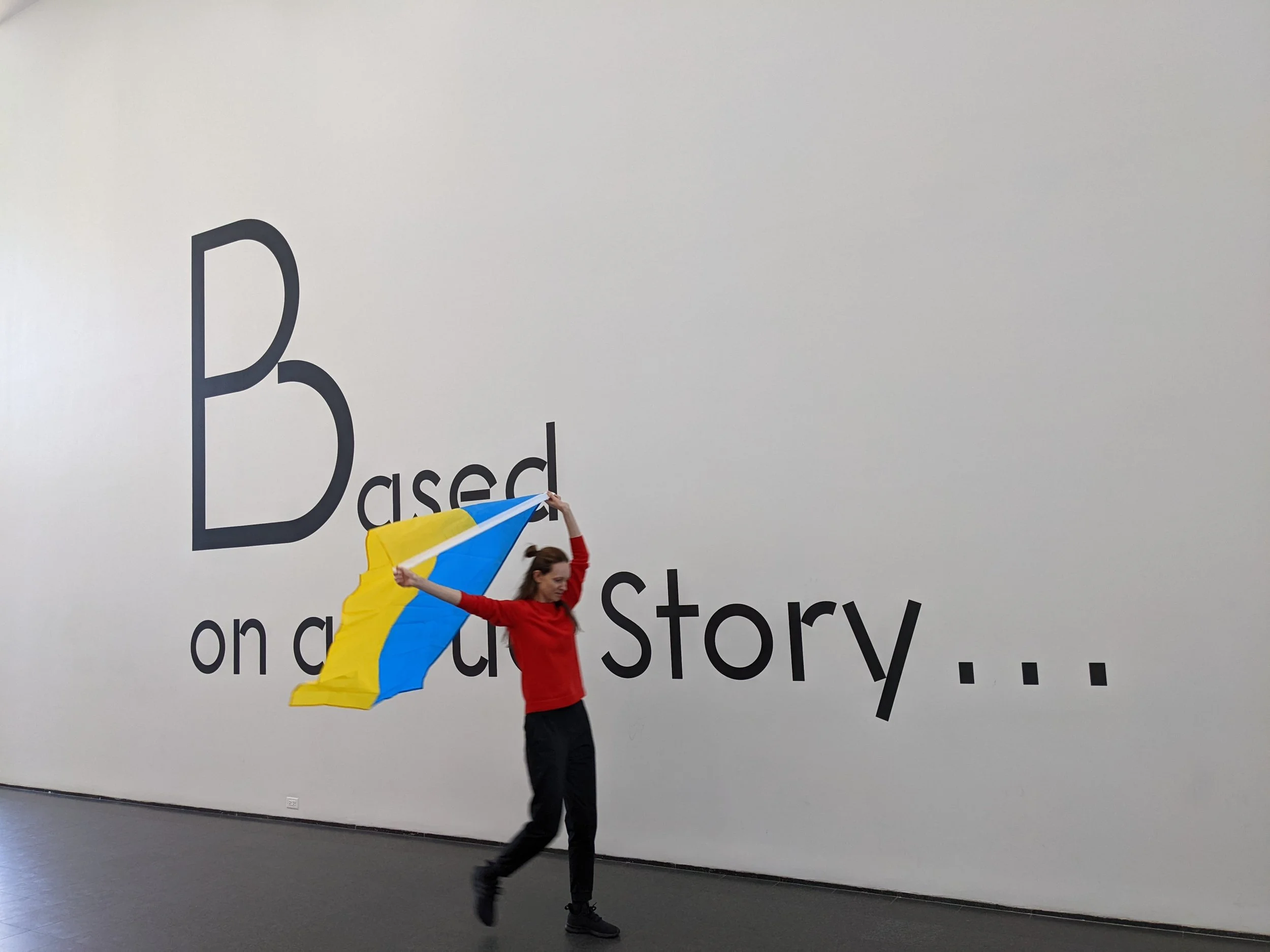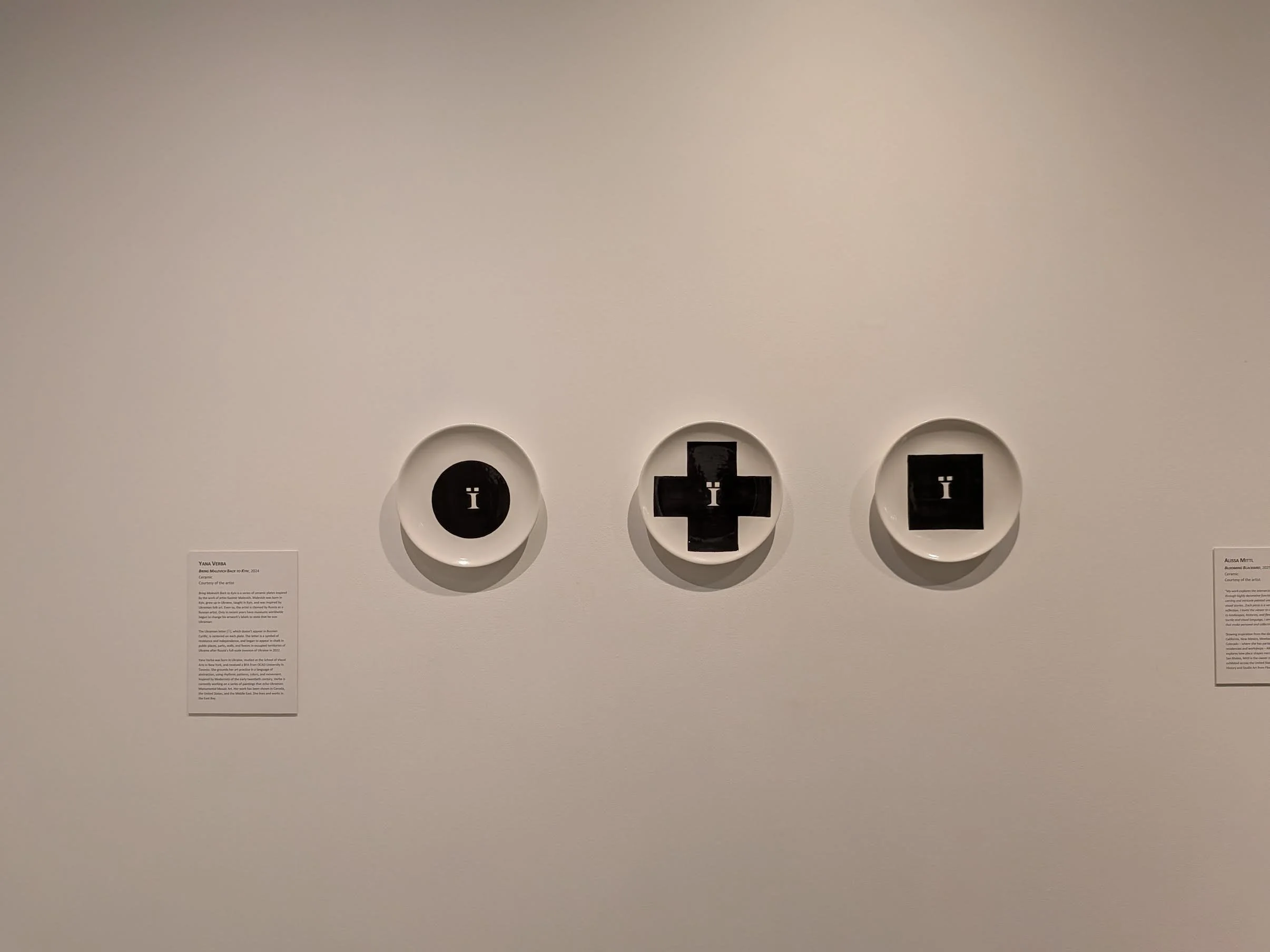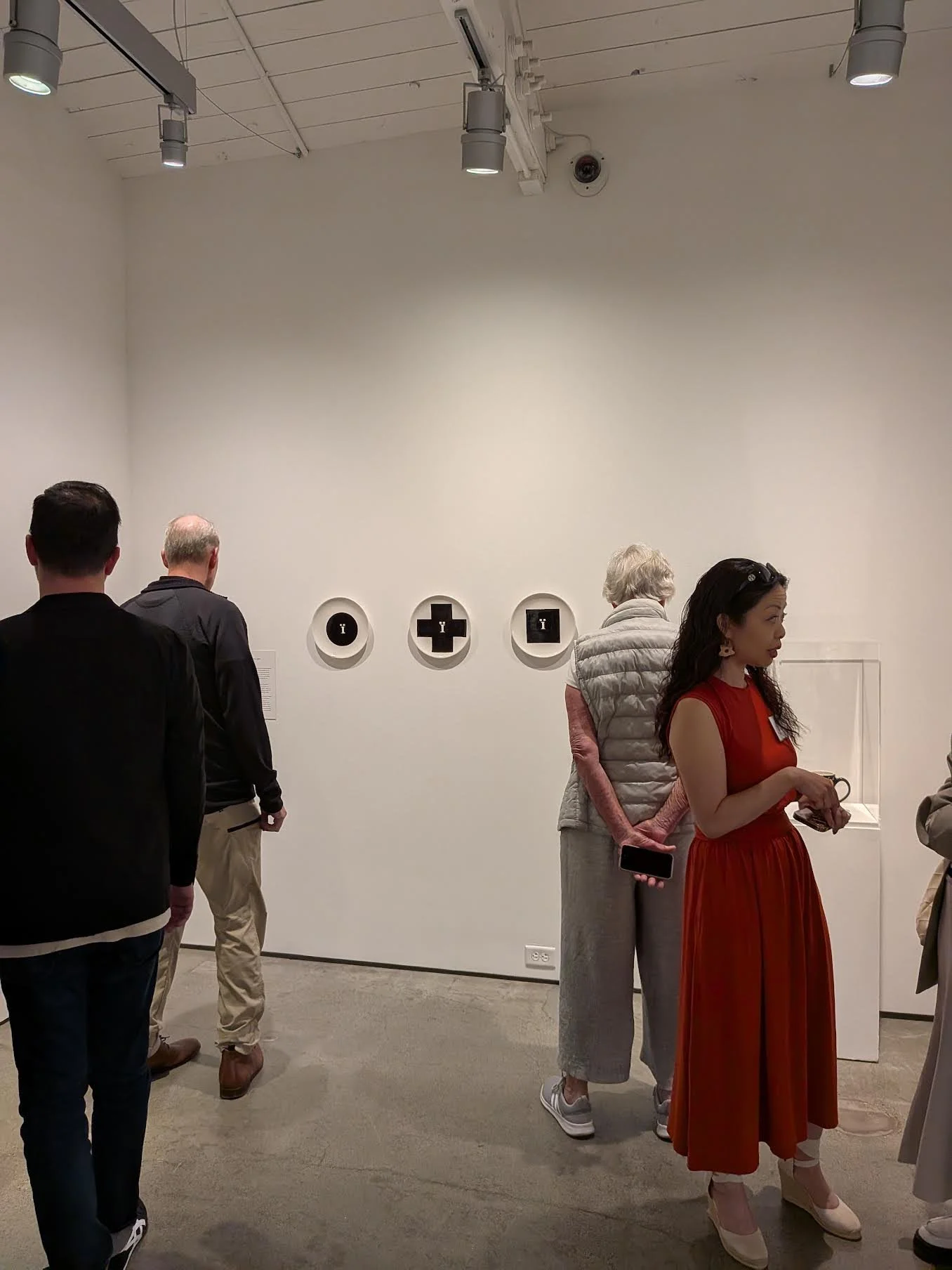Yana Verba
Photo courtesy of Yana Verba
Ukraine’s on our minds. And it’s still in Yana Verba’s art. Two years since our last conversation, the Ukrainian artist continues to create bold work and correct historical wrongs, one piece at a time. She’s pushing back against the art world’s blind spots, making it clear: Kazimir Malevich was Ukrainian, not Russian, no matter what the museum labels still say.
You continue visiting your family in Ukraine, in Dnipro, which is basically a frontline of the war today. How come you are not afraid? And what new things have you noticed on your last trip?
Of course I’m afraid. There is no sign of an end to the Russo-Ukrainian war. Every year, the number of shellings multiplies. Dnipro city is under attack almost every night. A few villages in the Dnipro region are already under Russian occupation. Unfortunately, guided bombs can now reach the city. Somehow, I still find the courage to go and visit my family in Dnipro and Kyiv. Spending time with my grandma is just priceless. I love Ukraine so much. It is the place of my strength. I guess, in a way, it’s my form of resistance to Russian fascist aggression and destruction.
Your work challenges the myth of Malevich as a “Russian” artist. What do you think this myth says about how empires rewrite cultural history through art?
The Russian empire has been stealing and appropriating Ukrainian artists for centuries. It’s an instrument Moscow still uses — distorting and fabricating historical facts through propaganda. As Ukraine has come under the spotlight in recent years, museums worldwide are slowly rethinking and changing the name tags of Ukrainian artists, from Russian to Ukrainian. Malevich is one of them.
The list of stolen Ukrainian artists is quite long: Ilya Repin, Alexandra Exter, David Burliuk, Anatol Petrytsky, Alexander Archipenko, Vasyl Yermylov, Borys Kosarev, Vladimir Tatlin... A lot of work still has to be done.
But everybody knows how all empires end.
Do you see Suprematism as a Ukrainian invention stolen by the Russian art canon or as something more complicated?
It’s more complicated. I don’t see Suprematism as an invention with a single origin. It was influenced by Cubism, Futurism, Bauhaus, and the De Stijl movement. Malevich was the founder of Suprematism. Both Ukrainian and Russian artists contributed to the movement. It emerged during the Russian Empire and continued into the Soviet Union.
What part of Malevich’s Ukrainian identity is still “hidden in plain sight” in art history?
I think it’s fascinating to trace the roots of Malevich’s influences and how he arrived at the Black Square, which reshaped 20th-century art. He was born in Kyiv to parents of Polish descent. He spent his childhood in Ukrainian villages. His first art teacher in Ukraine was Mykola Pymonenko. Ukrainian folk art, wall paintings, and peasant life were major inspirations throughout his life. He had a period when he taught at the Kyiv Academy and was able to work and write freely before the Soviet regime destroyed him.
Before his first Suprematist exhibition, he collaborated with local craftswomen at a workshop in the folk center in Verbivka village, where his Suprematist designs were applied to embroidered pillows and scarves. It’s a significant example of the connection between Malevich and Ukrainian folk art. Malevich’s connection to Ukraine runs deep. There is no doubt about it. It’s only a matter of time before art history fully acknowledges it.
If you could decolonize one global museum label about a “Russian” artist, which would you choose and what would you rewrite it to say?
MoMA has a lot of Malevich’s works. Their website still labels him as Russian, born in Ukraine.
https://www.moma.org/artists/3710-kazimir-malevich
Come on, MoMA! Malevich — Ukrainian!
If you could place your artwork next to Malevich’s “Black Square” in a major museum, what would your piece look like — and what would it be trying to say?
I would place a telescope next to the Black Square painting. Before Malevich died, his wish was for his grave to have a monument with a telescope pointed at Jupiter. Perhaps the Black Square should be hung in a planetarium, with a telescope that can locate Jupiter in the sky — preferably somewhere in Kyiv or in the village of Verbivka.
Bring Malevich Back to Kyiv, Ceramic by Yana Verba. The Palo Alto Art Center, Palo Alto, CA.



